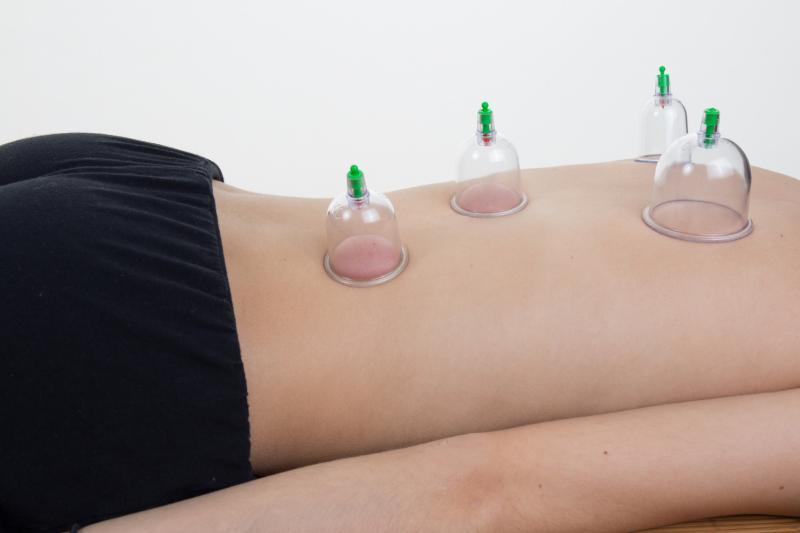
Cupping therapy, especially wet cupping, appears to yield high treatment success rates, helping reduce pain intensity without increasing the risk of adverse events (AEs) among individuals with migraine headaches, according to the results of a systematic review and meta-analysis.
Researchers searched multiple online databases for randomized or nonrandomized controlled trials wherein the effect of cupping therapy vs a control intervention was evaluated in individuals with migraine headaches either with or without aura. Exclusion criteria were observational and other nonclinical trial studies and involvement of participants with other types of headaches (eg, tension or cluster headache or headache due to a known secondary aetiology).
Treatment success and the pain intensity reduction were the primary endpoints. The secondary endpoints included AE risk and improvement in quality of life (QoL), which was based on the Migraine Disability Scale (MIDAS). Subgroup analyses were also conducted based on the cupping techniques (wet and dry cupping) and adjunctive complementary treatments (ie, acupuncture and/or collateral pricking).
A total of 18 trials, which involved 1,446 participants (n=797 received cupping therapy), were included in the meta-analysis. Pooled data showed that compared with control intervention, cupping therapy was associated with higher treatment success (risk ratio [RR], 1.83, 95 percent confidence interval [CI], 1.52–2.21).
In subgroup analyses, dry cupping technique did not significantly improve treatment success (RR, 1.57, 95 percent CI, 0.97–2.55). Also, adjunctive complementary therapy did not significantly enhance treatment success as compared with cupping therapy alone.
On further analysis, cupping therapy was associated with significant pain reduction (standardized mean difference [SMD], 0.55, 95 percent CI, 0.39–0.70) and fewer risks of AEs (RR, 0.25, 95 percent CI, 0.09–0.71). However, cupping therapy had a null effect on overall QoL relative to the control intervention (MIDAS SMD, 0.90, 95 percent CI, –11.82 to 13.63).